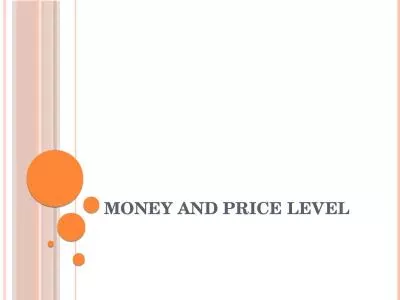PPT-Time Value of Money
Author : marina-yarberry | Published Date : 2016-08-07
5 51 Explain the importance of the time value of money and how it is related to an investors opportunity costs 52 Define simple interest and explain how it works
Presentation Embed Code
Download Presentation
Download Presentation The PPT/PDF document "Time Value of Money" is the property of its rightful owner. Permission is granted to download and print the materials on this website for personal, non-commercial use only, and to display it on your personal computer provided you do not modify the materials and that you retain all copyright notices contained in the materials. By downloading content from our website, you accept the terms of this agreement.
Time Value of Money: Transcript
Download Rules Of Document
"Time Value of Money"The content belongs to its owner. You may download and print it for personal use, without modification, and keep all copyright notices. By downloading, you agree to these terms.
Related Documents

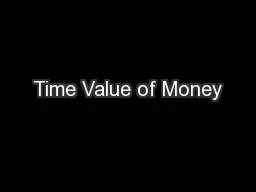
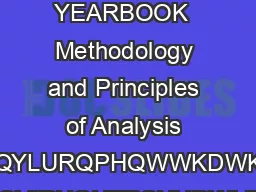
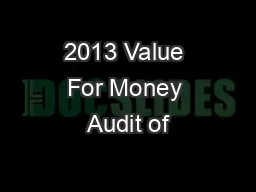
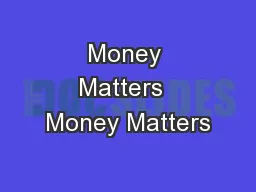
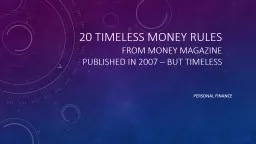
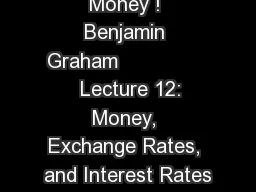
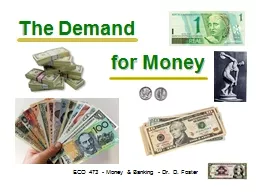
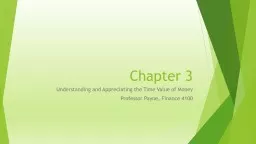
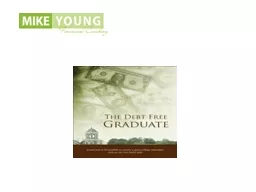
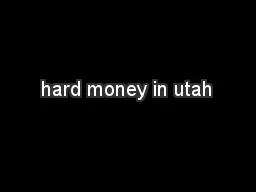

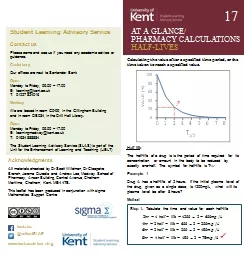
![[READ] All About Money - Economics - Business - Ages 10+: The Thinking Tree - Do-It-Yourself](https://thumbs.docslides.com/1008096/read-all-about-money-economics-business-ages-10-the-thinking-tree-do-it-yourself-homeschooling-curriculum-all-about-money-how-to-make-money-money-economics-business-research-gre.jpg)
